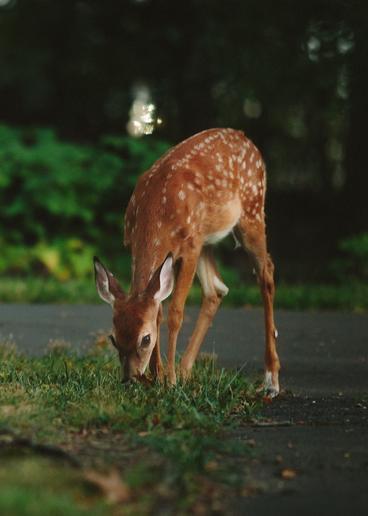The AVID program
White-tailed deer can have a significant impact on the vegetation in local woodlands. With high deer populations, more stress is put on native tree seedlings that are preferred food sources of deer. These preferred tree species have more difficulty in growing to be healthy trees because of deer browse. Without a new generation of tree seedlings, the structure and species composition of forests can change.
The University of Minnesota Extension operated a citizen science program to collect data that can be used to monitor the impacts of deer on vegetation in Minnesota woodlands.
Surprisingly, there is little information available statewide that determines deer impacts to vegetation across multiple ownerships, which is why volunteers are needed. Volunteers have collected important data that will allow researchers to gain insights into these complex issues.
Woodland owners, naturalists, and others with a basic knowledge of trees and plant identification have participated in this project. Participants established monitoring plots in wooded areas and monitor the health of these woods through recording annual measurements.
*Note: As of June 2022, the AVID program is not seeking new volunteers.
